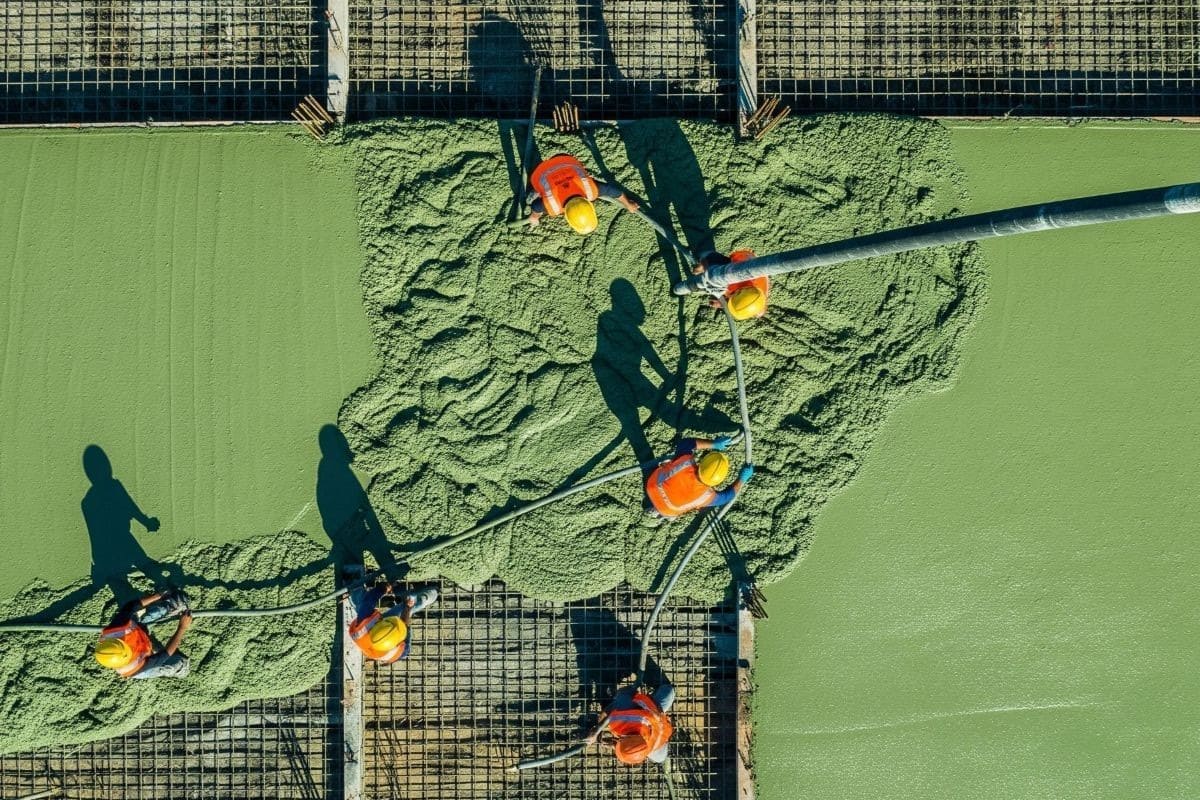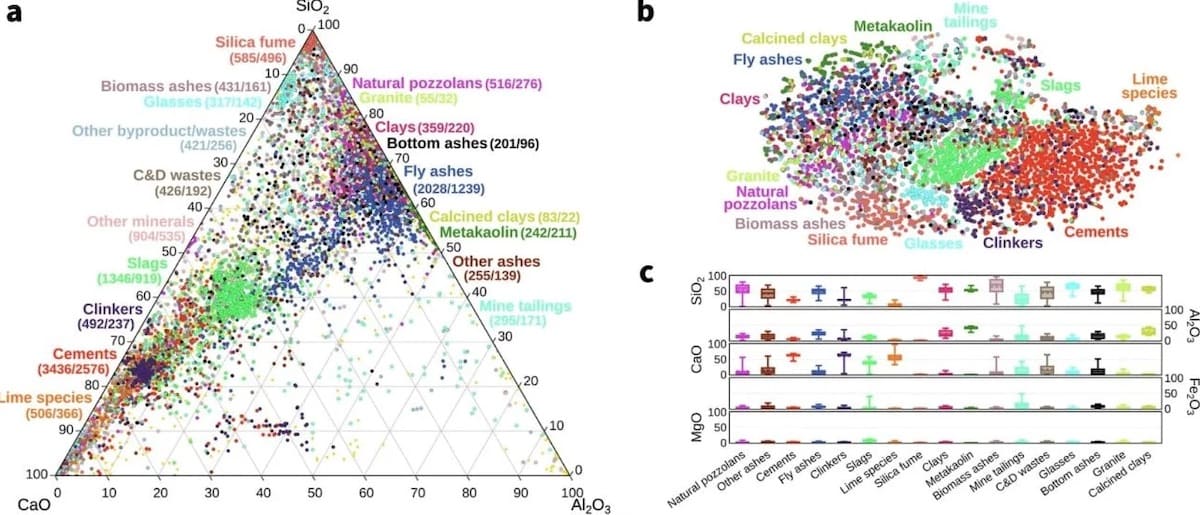
Researchers at the Massachusetts Institute of Technology have trained an artificial intelligence system to identify the most effective byproducts to replace cement in the production of eco-friendly concrete, without sacrificing workability or structural strength.
From concrete made with seawater or recycled aggregates to mixes using fly ash, industrial waste, or rice husk, there is no shortage of sustainable concrete recipes. But cement itself remains the core problem. Its production requires high temperatures and is responsible for the majority of concrete’s carbon footprint, making it the fourth-largest source of greenhouse gas emissions globally, behind only China, the United States, and India.
While a truly green formula does exist, the challenge is finding it among thousands of possibilities. To address this, a research team at MIT’s Concrete Sustainability Hub (CSHub) turned to artificial intelligence.
The perfect formula for eco-friendly concrete

As demand for eco-friendly concrete rises, so does the need for low-emission cement alternatives. In many cases, demand for these byproducts now exceeds supply. Processing thousands of datasets in real time is unmanageable for human researchers, but becomes feasible with the help of a well-trained AI model.
That’s exactly what professor Soroush Mahjoubi and his team at the MIT Concrete Sustainability Hub have developed.
“There is an overwhelming amount of data on potential materials, hundreds of thousands of pages of scientific literature,” Mahjoubi said. “It would take multiple lifetimes to read through it all, and by then new materials would already be discovered. We realized that AI was the key to moving forward.”
Using large language models similar to those behind everyday chatbots, the team built a machine learning framework that evaluates and ranks candidate materials based on their physical and chemical properties.
Training AI to identify hydraulic reactivity and pozzolanic potential
To design a reliable eco-friendly concrete, the AI model must first understand the material’s hydraulic reactivity, a key factor in the mix’s malleability and strength. If this is compromised, the result could be structurally unsafe.
The second critical factor is pozzolanicity, a chemical reaction triggered when cement comes into contact with water, forming calcium hydroxide. The ideal sustainable concrete mix balances hydraulic and pozzolanic materials precisely.
19 categories of cement byproducts identified
By analyzing scientific literature and over 1 million rock samples, the framework classified potential substitutes into 19 categories, ranging from biomass and mining byproducts to construction demolition waste.
The final results showed that viable materials are widely available across the globe and, in many cases, can be used in concrete simply by grinding them, eliminating emissions and reducing costs without the need for extra processing.
“Some of the most promising materials that can replace part of the cement are ceramics,” Mahjoubi noted. “Old tiles, bricks, ceramics, these all show high reactivity. It’s something we also see in ancient Roman concrete, where ceramics were used to help waterproof structures.”
The next step for the team is to update the framework to evaluate even more materials and validate some of the top candidates through laboratory testing.
Supporting low-carbon construction with data and AI
“Concrete is the backbone of the built environment,” said Randolph Kirchain, co-author and director of CSHub. “By applying data science and AI tools to materials design, we aim to help the industry build more sustainably, without compromising strength, safety, or durability.”
The research, titled Data-driven material screening of secondary and natural cementitious precursors, was supported by the Olivetti Group and MIT Concrete Sustainability Hub, and published in Communications Materials.